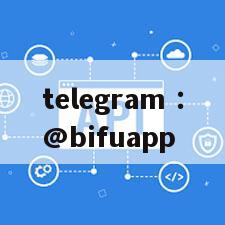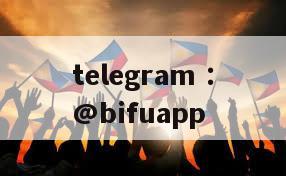This article is
The term "gaming" once conjured images of caring for Neopets or battling orange mushrooms in MapleStory at our computers. Now, with smartphones, gaming has expanded to mobile platforms. On your commute, you can play a round of "Arena of Valor" or collect artifacts in "Genshin Impact."
Mobile gaming, once seen as simple entertainment, has evolved into a complex industry. The classic black-and-white Snake game on my father's Nokia pales in comparison to today's graphically demanding titles like "Fortnite" and "Call of Duty."
The mobile gaming industry has seen tremendous success. In 2021, the global mobile gaming market was valued at $119 billion and is expected to reach $338 billion by 2030, accounting for 60% of the gaming market share.
The proliferation of mobile devices and digital transformation of the global economy have fueled this trend. The percentage of people with smartphones globally increased from 49.40% in 2016 to 83.37% in 2022.
Public perception of gaming has shifted from being seen as a waste of time to a positive activity, especially evident in esports where players compete professionally for international glory.
The COVID-19 pandemic also played a role in accelerating game and mobile game development. During lockdowns, games became a medium for remote connection, with 63% of respondents in an IDC survey reporting increased mobile gaming during the pandemic.
In the Philippines, mobile gaming has become a significant market force, with revenues reaching $898 million in 2020 and penetration rates leading at 26.3%.
As of 2022, over 426 Filipino mobile game publishers released more than 1194 games on Google Play with an average rating of 3.97 stars and average downloads of 329,000 per game.
Popular games in the Philippines include "Arena of Valor," "Call of Duty: Mobile," and "Genshin Impact." Filipinos' bilingual proficiency in English and Tagalog allows developers to reach players without additional localization efforts.
To reshape public perception positively, Globe Telecom launched the "Game Well-Played" campaign in 2022, encouraging players to share positive gaming impacts on social media.
Microtransactions are a primary revenue source for mobile game developers, especially during the free-to-play initial stages. In the Philippines, at least 33% of mobile games profit from in-app payments, surpassing the global average of 21%.
Filipino players are enthusiastic about in-game purchases, with those aged 16-44 spending more on microtransactions than full-version games or physical gaming devices.
2C2P's digital goods team is focused on driving microtransaction growth and ensuring benefits for both players and merchants.
To reduce merchant costs through loyalty programs, we're developing a new loyalty points system where players can exchange points for in-game items across multiple games. Our challenge is convincing game brands and developers to join the 2C2P platform.
With a projected growth rate of 7.65% annually from 2022 to 2027, the Philippine mobile gaming market is expected to expand to $1.64 billion by 2027.
As smartphones become the new gaming platform, especially evident in the Philippines, 2C2P continues to fuel this sector's growth with well-planned loyalty programs.
About 2C2P:
Antom subsidiary 2C2P is a comprehensive payment solutions platform assisting businesses with secure payment processing across online, mobile, and offline channels and offering card issuing, bulk payments, remittances, and digital goods services.
With over 250 payment options ranging from credit cards to mobile wallets and an extensive alternative payment network of over 400,000 physical touchpoints, 2C2P has become the preferred payment service platform for tech giants, airlines, online marketplaces, retailers, and other global enterprises.


 bifu pay
bifu pay





发表评论
发表评论: